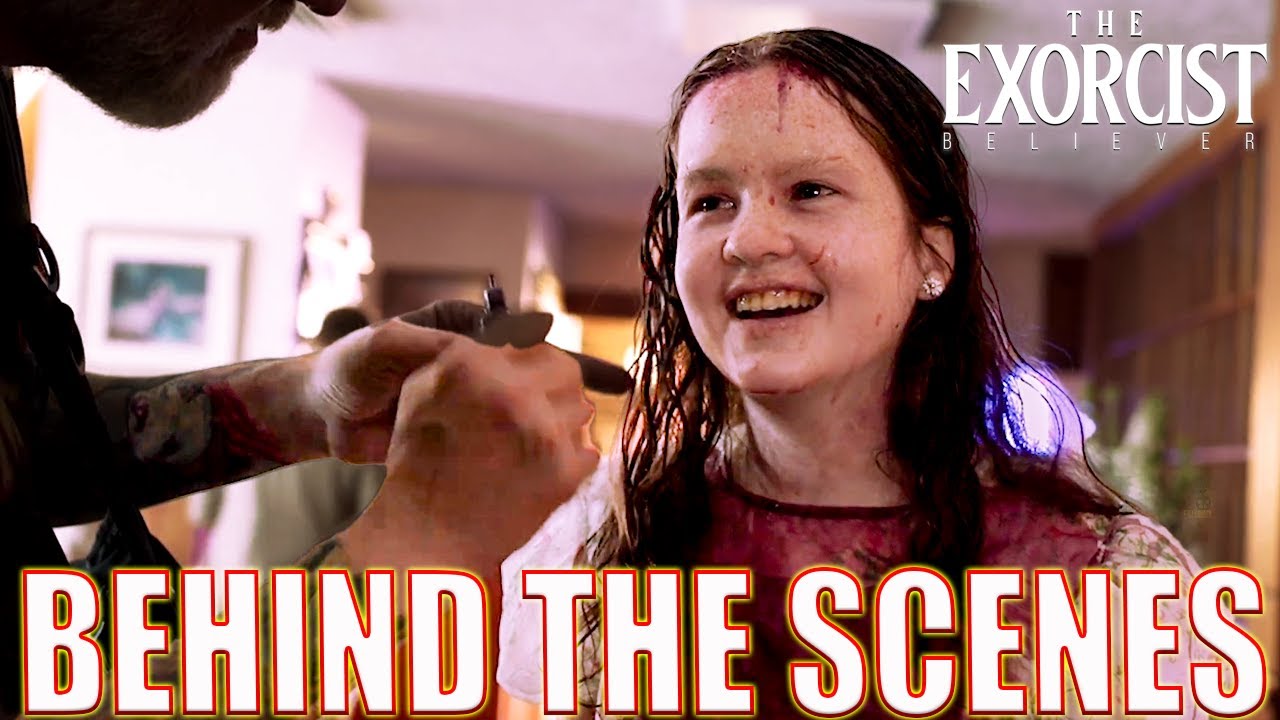The Exorcist: Believer, a chilling sequel to the iconic horror classic, revives terror for a new generation while honoring its legendary roots.
The Exorcist: Believer, the highly anticipated addition to the iconic Exorcist franchise, is poised to send shivers down the spines of horror enthusiasts as it prepares for its October 6, 2023 release. A direct sequel to the groundbreaking 1973 film directed by William Friedkin, this latest installment promises to bridge the gap between classic and contemporary horror while introducing fresh twists to the terrifying narrative.
As we delve behind the scenes of this cinematic revival, we’ll uncover the secrets and insights shared by the cast and crew, explore the film’s premise, and dissect the motivations of those bringing this classic tale to life.
The Origins of Terror

To fully appreciate the significance of The Exorcist: Believer, we must first journey back to the film’s origins. In 1973, William Friedkin unleashed upon the world a cinematic experience like no other. The Exorcist, based on William Peter Blatty’s 1971 novel of the same name, introduced audiences to a new level of horror—one that crept into their subconscious, lingering long after the credits rolled.
The film’s premise was deceptively simple: a mother, Chris MacNeil, played by Ellen Burstyn, seeks help for her demonically possessed daughter, Regan, portrayed by Linda Blair. But it was the execution of this concept that left an indelible mark on the horror genre. The audience was plunged into a world of fear, where the battle between good and evil played out in terrifyingly intimate ways.
The Challenge of Resurrection
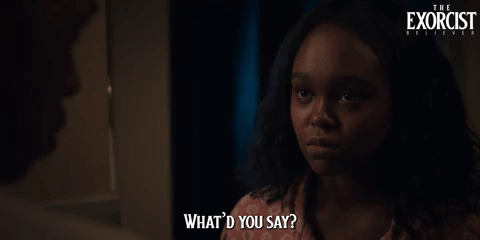
The mere thought of resurrecting this iconic franchise for a modern audience is a monumental task. It’s akin to bringing back a classic monster from the annals of horror history and imbuing it with new life.
David Gordon Green was entrusted with the responsibility of breathing new life into a beloved classic while staying true to its roots. He revealed his vision for the film, saying,
Of the things I love about the original Exorcist, it starts in this exotic locale with curious characters. It’s very ambiguous as to what’s going on, but it’s captivating, mysterious, and rhythmic.
One of the most significant hurdles was finding a way to make The Exorcist: Believer distinct from its predecessors. Over the years, the Exorcist franchise has expanded, spawning sequels and prequels. However, Green’s vision was clear: he wanted this new installment to be a direct sequel to the original 1973 film. This decision was crucial in maintaining the authenticity and continuity of the story.
Green’s approach was to maintain the essence of the original while stepping forward in time, several years after the events of the first film, to explore a relatable modern-day world. This combination of the exotic and the familiar, the mysterious and the relatable, promises to immerse audiences in a story that will haunt their dreams.
Building the Psychological Horror

Director David Gordon Green approaches the horror genre with a unique perspective. He draws a clear distinction between the horror of The Exorcist and other subgenres, stating,
In my mind, a Halloween movie is a movie that jumps up and stabs you, an exorcist movie creeps under your skin and gets you.
This statement encapsulates the essence of the Exorcist franchise—a slow-burning, psychological horror that burrows into the psyche of its audience.
Green further emphasizes that The Exorcist: Believer explores the psychological and emotional aspects of horror, diving deep into the characters’ experiences and inner conflicts. The film, at its core, is a family drama wrapped in supernatural terror, where the bonds between parent and child are tested to their limits.
A Complex Exploration of Faith and Belief
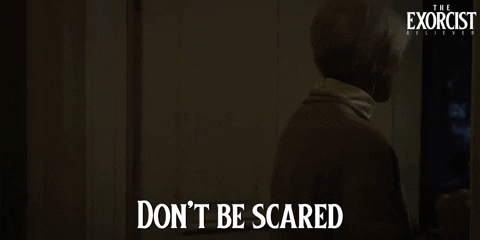
At its core, The Exorcist: Believer delves into the themes of belief, placebos, and faith. Director David Gordon Green stated,
This movie is asking a lot about belief, the power of suggestion, and what you’re willing to believe if you think it’s a step toward healing.
The characters in the film, regardless of their level of faith, are all challenged by their beliefs, creating a unifying theme within the story.
Ellen Burstyn, who plays Chris MacNeil, elaborated on the terrifying concept at the heart of the Exorcist franchise, saying,
It’s a terrifying thought—to be taken over by a force that’s inside. The idea of an inner force being able to gain possession of you and you can’t control it—I don’t think there’s anything more terrifying.
A Twisted Innovation

One of the central changes in The Exorcist: Believer is the introduction of a synchronized possession—two young girls from different families simultaneously experiencing demonic possession. This innovative twist promised a unique and terrifying viewing experience for fans of the franchise. It also opened the door to exploring the nuances of how different individuals and families would cope with such a horrifying predicament.
Director David Gordon Green shed light on this decision, explaining,
I found cases of up to five in synchronized possession. For me, that was exciting because I thought, ‘Now I can explore all these different perspectives of how you would deal with it differently if it was your child then I would deal with it or she would deal with it or he would deal with it.’
This element injects a fresh dynamic into the narrative, as the characters must grapple not only with their own beliefs and fears but also with the challenge of working together to free their children from the malevolent forces that have taken hold of them.
The Nostalgic Return of Ellen Burstyn
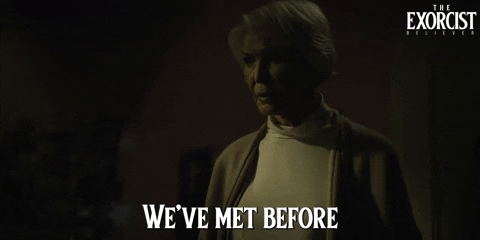
One of the most significant draws for fans of the original film is the return of Ellen Burstyn to the franchise. Burstyn reprises her role as Chris MacNeil, marking her first appearance in the Exorcist universe since the 1973 film. Her return adds a nostalgic element to The Exorcist: Believer, bridging the gap between the classic and the contemporary.
Burstyn herself expressed her excitement about returning to the character, saying,
The idea of playing a character that I created 50 years ago interested me. What are the experiences that happened to her in those 50 years, and how does that affect the person she is now?
Her involvement not only connects the film to its roots but also offers an opportunity to explore the evolution of her character over the decades.
Producer Jason Blum, known for his work in the horror genre, highlighted the importance of connecting Believer to the original film. He said,
Having Ellen in the movie is an amazing way to connect this movie to the first movie, which I think for me and for the fans is very satisfying.
This connection is vital in preserving the continuity of the franchise while introducing new elements.
Blum also shared a personal connection to the original Exorcist, recounting his first experience with the film.
I remember the first time I saw The Exorcist. I actually saw it sadly on TV. I wasn’t quite old enough to go to the theater when it came out. But it did to me what it did to so many people—it scared me to death.
A Link to the Past
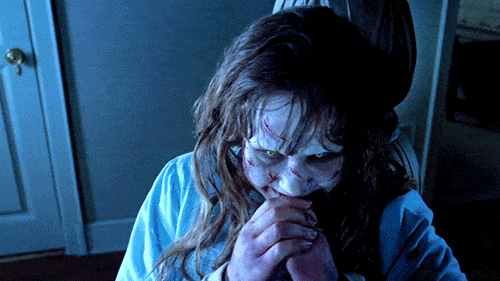
While much attention has been focused on the return of Ellen Burstyn, it’s important not to forget the impact of Linda Blair’s portrayal of Regan in the original film. Blair’s performance as the possessed young girl left an indelible mark on the horror genre.
In the world of horror, The Exorcist is legendary not just for its scares but for the lasting impact of its characters. Leslie Odom Jr., who plays Victor Fielding in Believer, acknowledged the influence of the original film, saying,
We already had the bar of her [Linda Blair’s] work, the high mark of her work in that original team. We’re trying to be in the world. I know we’re making our own thing here, but we are, of course, trying to honor this thing that inspired us.
The Art of Transformation
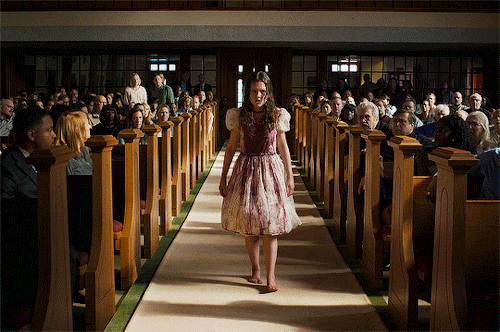
A pivotal aspect of The Exorcist: Believer is the physical transformation of the possessed characters. Lydia Jewett, who portrays Angela Fielding, and Olivia O’Neill, who takes on the role of Catherine West, underwent extensive makeup transformations to convey the stages of possession convincingly.
David Gordon Green acknowledged their commitment, stating,
The idea of two and a half hours of makeup for these young performers to endure would have been a nightmare if they didn’t have that spirit, that energy, that sense of character.
Such dedication is essential in bringing these horrifying characters to life and immersing the audience in their harrowing experiences.
Olivia O’Neill, who plays Catherine West, provided insights into her character’s journey through various stages of possession. She explained,
I wanted to create a clear progression so you could see where these stages were but also how they blend together, very true to how it would be when you’re possessed.
This attention to detail in portraying the physical and psychological toll of possession is a testament to the commitment of the cast and crew.
The Cast’s Dedication to Their Roles
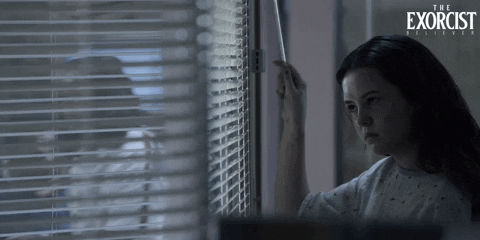
A significant part of the success of The Exorcist: Believer lies in the dedication of its cast. The young talents of Lydia Jewett and Olivia O’Neill, who portray the possessed Angela Fielding and Catherine West, respectively, went to great lengths to embody their characters.
Olivia O’Neill shared her research process, saying,
When you’re doing your character research and getting into the role, you have to discover who Catherine is, who demon Catherine is, and everything in between.
Her commitment to understanding the nuances of her character’s journey is evident in her performance.
Lydia Jewett, who portrays Angela Fielding, emphasized the importance of collaboration with the director, saying,
I think that’s what David is also great with—he shows us what he’s thinking for the stages and the levels.
This collaboration allowed the cast to visualize the transformations their characters undergo throughout the film.
The Creative Evolution of the Project
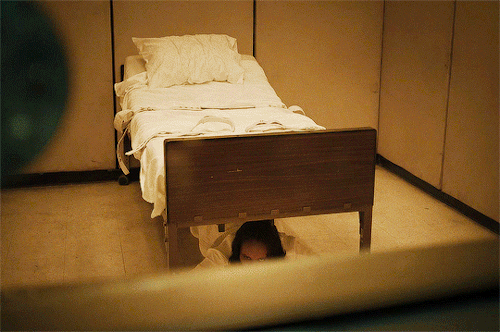
Director David Gordon Green shared insights into the creative evolution of The Exorcist: Believer. He noted the impact of Ellen Burstyn’s experiences over the past 50 years, saying,
In the wake of the success of this film, people have been bringing her stories, telling her their experiences, and sharing. In a lot of ways, the evolution of this project began with some of my inspiration from Ellen and her real-life story.
This collaboration between the original cast and the creative team behind Believer allowed for a deeper understanding of the characters and their enduring appeal. It’s a testament to the power of storytelling and the lasting impact of a classic film.
Honoring the Legacy
In the world of horror, few films have had the lasting impact of The Exorcist. It is a testament to the enduring power of storytelling, the dedication of its cast and crew, and the willingness to explore the deepest fears of the human psyche. The Exorcist: Believer prepares to make its mark on a new generation of horror enthusiasts, with the weight of a classic on its shoulders and the promise of new terrors lurking in the shadows.
Through the behind-the-scenes details of The Exorcist: Believer, it becomes evident that this film is more than just a horror movie. It’s a homage to the legacy of the original film and a testament to the enduring power of storytelling in the horror genre.
Producer Jason Blum summed it up perfectly when he said,
Demons and exorcisms exist throughout all religions and cultures around the world, dating back many thousands of years. Our world has felt so divided for so many years that it’s a relief to see different groups work together to fight a greater evil.
With its blend of classic horror elements and innovative storytelling, The Exorcist: Believer promises to captivate audiences anew while paying homage to the iconic original film. As the release date approaches, fans and horror enthusiasts alike can anticipate a chilling and memorable cinematic experience—one that will undoubtedly be discussed and dissected for years to come. The Exorcist franchise is ready to reclaim its throne in the realm of horror, and Believer is just the beginning of what promises to be a terrifying journey into the darkness of the human soul.
